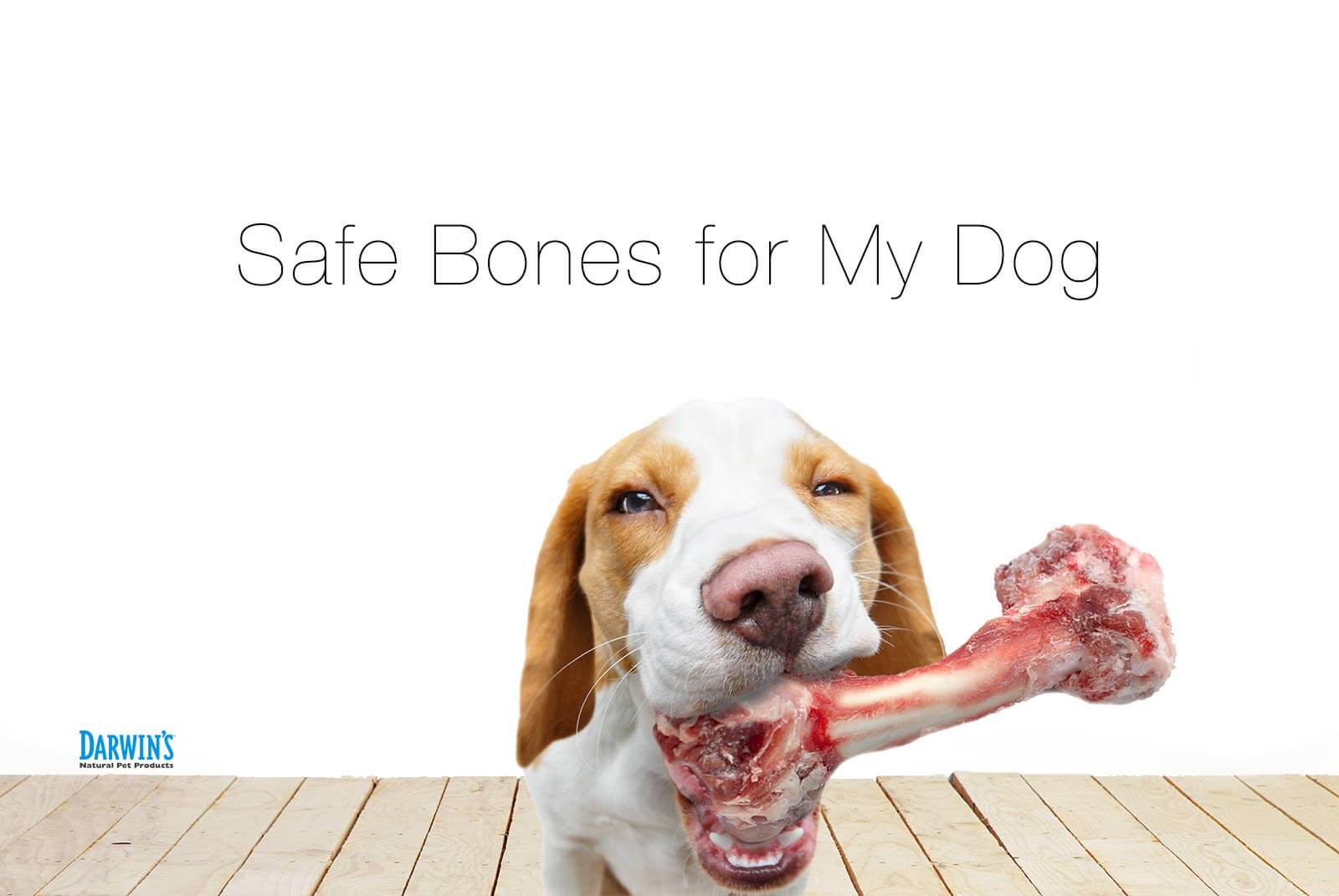
Not only do they have salmonella and E. Bones are very hard and can be brittle making it easy for a dog to break one of its large chewing teeth.

The short answer is that throwing your dog a bone is a bad idea.
Why bones are not good for dogs. Here are the top reasons that bones are bad for dogs according to the US. Food and Drug Administration. Bones are very hard and can be brittle making it easy for a dog to break one of its large chewing teeth.
Bones can get looped around the lower jaw. Round bones can get. Bone treats are real bones that have been processed sometimes flavored and packaged for dogs.
Giving your dog a bone treat might lead to an unexpected trip to your veterinarian a possible. However this might not be the safest way to treat your dog. In general bones are not the safest or healthiest treats for dogs.
Most bones are dangerous for dogs because they can cause certain health problems. While not all pet experts agree on this topic most veterinary health professionals can tell you plenty of bone-related horror stories. Bones are a good source of minerals and other nutrients and help satisfy your dogs appetite.
Chewing stimulates saliva enzymes and helps prevent plaque buildup on teeth and gum disease. Read two other good reasons not to feed raw chicken to dogs here. Fighting is very common when two or more dogs have bones.
Keeping dogs with bones separate if theres any risk. My dogs like most are OK but Im always wary. The short answer is that throwing your dog a bone is a bad idea.
Cooked bones are not safe to feed your dog. The cooking process dries the bone out and causes it. Few dog treats are more classic than bones.
Theyre so common that most people immediately associate them with dogs but the truth is that not all bones are actually good for dogs. In fact there are some that are downright dangerous. As such all dog owners should take some time to look at these classic treats a little more closely.
Bones of this size will allow your dog to gnaw while helping to reduce the chances that your dog will break off and swallow a chunk of bone that can cause health problems. Becker still recommends that dogs should always be monitored when they are chewing on bones. The bowel movements after feeding bones are harder which helps express anal glands and get rid of toxins.
Chewing on raw bones keeps our dogs especially the puppies and adolescents occupied. However feeding bones too often or daily may lead to excessive tightness of the chewing muscles. Most raw bones that have not been cooked are edible for dogs.
Raw chicken turkey lamb or beef bones are soft enough to chew eat and digest. That said with all bones there is a risk of. In case you didnt know there are a few reasons why its important that we add raw bones to our dogs raw diet.
1 Raw bones are a source of calcium minerals protein fat and phosphorus. I was always nervous about the marrow in bones because it is high in fat but fat isnt bad for us or for our dogs. 2 Raw bones keep our dogs teeth clean.
Its important to do your research on what kind of bone is best for your dog. That being said regardless of what type you go with there are four primary benefits dogs get from chewing bones. Supports healthy gums teeth and oral cavity.
Provides a less destructive way for dogs to act out their primal behavior. You should not feed your dog any cooked bones. After cooking chicken bones can be very brittle and splinter.
If cooked beef and lamb bones are eaten they can form a concrete like mass in the large intestine which may have to be removed by enema. Naturally eating bones is a canine species instinct but it is also a good habit for healthy teeth and a physical exercise to toughen their teeth and gums. The chewing process helps to scrape the plaque and tartar off the teeth as well as cure gum-related illnesses.
Dogs with gut sensitivities might not process bones well either. If your dog is prone to loose stools or vomiting be sure to resolve those GI issues first and save the bones for after heshe has. Not only do they have salmonella and E.
Coli they are too soft to do any good. Its good to get dogs used to having bones early on but always under supervision. If you see any adverse effects like diarrhoea or vomiting your dog may not be a good candidate for having bones.
By gnawing on a bone your dog is scraping their teeth for 20-30 minutes at a time. That action helps them scrape tartar and plaque off their teeth helping them regularly clean their teeth without traditional brushing or a visit to the dentist. Beyond that theyre also fun.
Dogs like chewing on bones because it keeps them busy.